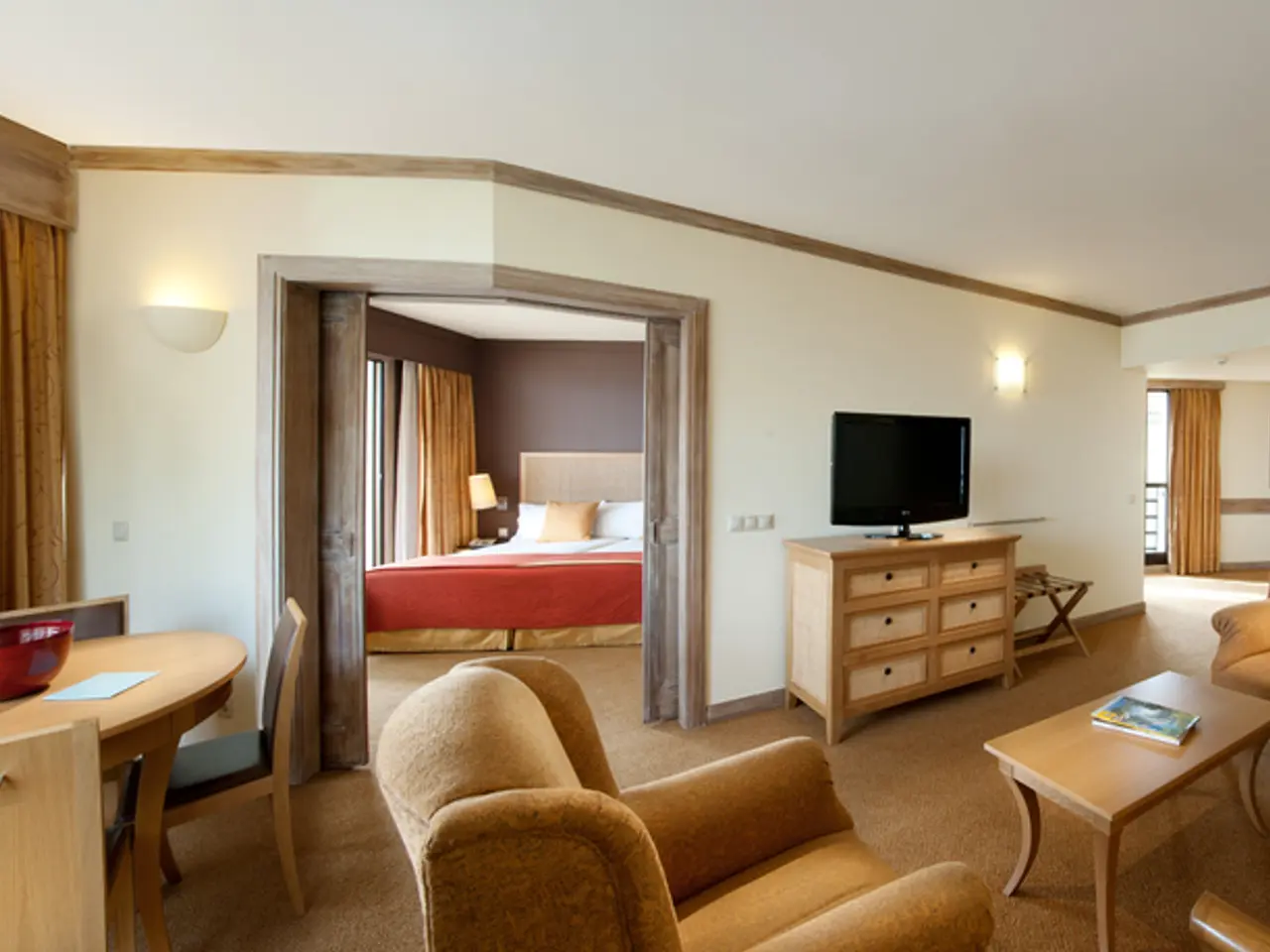Selecting Optimal Roofing Materials for Your Home: Top 5 Roofing Options
When embarking on a home construction project or a roof replacement, selecting the appropriate roofing material is a critical decision. This choice impacts durability, budget, and appearance, and should be based on several key factors.
Cost
Both the initial material cost and the total investment over time need to be evaluated. While asphalt shingles are typically the most budget-friendly option, priced between $400 to $1500 per roofing square, materials like metal, slate, or tile are more expensive upfront but offer longer lifespans and lower maintenance, potentially saving money in the long run [1][2][3].
Labor and Installation Complexity
The roof's shape, design, and pitch affect installation complexity. Complex roofs with multiple angles or features (chimneys, skylights) increase labor time and costs. Some materials, like slate or heavy tiles, require specialized installation and stronger structural support, raising labor and structural costs [4].
Location and Climate
Choose materials suited to the local weather. In hot, sunny climates, tile and metal roofs are valued for their durability, water shedding, and energy efficiency (reflectivity lowers cooling costs). In regions with severe weather or varying temperatures, durable materials like metal, slate, or tile resist damage better than asphalt [1][3][5].
Home Structure
The ability of the existing roof frame to support the weight of the roofing material matters. Heavy materials like slate or concrete tiles might need structural reinforcement to safely hold the roof, increasing the overall project cost and complexity [4][3].
Personal Preferences and Aesthetic Appeal
Roofing style should complement the home’s architectural design and the homeowner’s taste. Wood shingles offer rustic charm, tile suits Mediterranean styles, while metal and asphalt come in many colours and styles. Environmental impact and maintenance requirements also reflect personal values and willingness to upkeep the roof over its lifespan [1][2].
Maintenance Requirements
Some materials need regular upkeep (wood shingles), while others (metal, slate) are low maintenance. This can affect long-term satisfaction and cost [1][2].
Alternative Roofing Options
Wood shingles and shakes are the two options available for wood roofing. Concrete tiles, a popular alternative to clay tiles, offer similar durability and aesthetics at a lower cost. They are sensitive to cold climates and can be broken down at lower temperatures [6].
Clay tiles, made from earthen clay, are a natural roofing option with low maintenance costs due to their ability to avoid moisture. However, they are heavy and fragile, especially in extremely cold weather [7].
Metal roofing is weather-resistant and protects homes from UV radiation. Commonly used metal materials for roofing include aluminum, galvalume, and galvanized steel [8].
Project Cost Considerations
The selection of the roofing material is one of the biggest decisions during home construction, accounting for about 55% of the project cost. Replacing an existing roof can increase the project cost by 25% [9].
Asphalt shingles allow the addition of another roofing layer without the removal of the existing roof, making them a cost-effective choice for some homeowners [10].
In conclusion, balancing budget, labor cost and complexity, climate compatibility, structural support, and personal aesthetic plus maintenance preferences will help select the most appropriate roofing material for a home [1][2][3][4][5].
Given the context of home construction and roofing material selection, here are two sentences that contain the words 'lifestyle' and 'home-and-garden':
- Personal preferences and aesthetic appeal play a significant role in the roofing material selection, influencing a homeowner's lifestyle and the overall look of their home and garden.
- Choose a roofing material that aligns with your lifestyle, aesthetic tastes, and the home's architectural style for a seamless and attractive integration with your home-and-garden setting.




